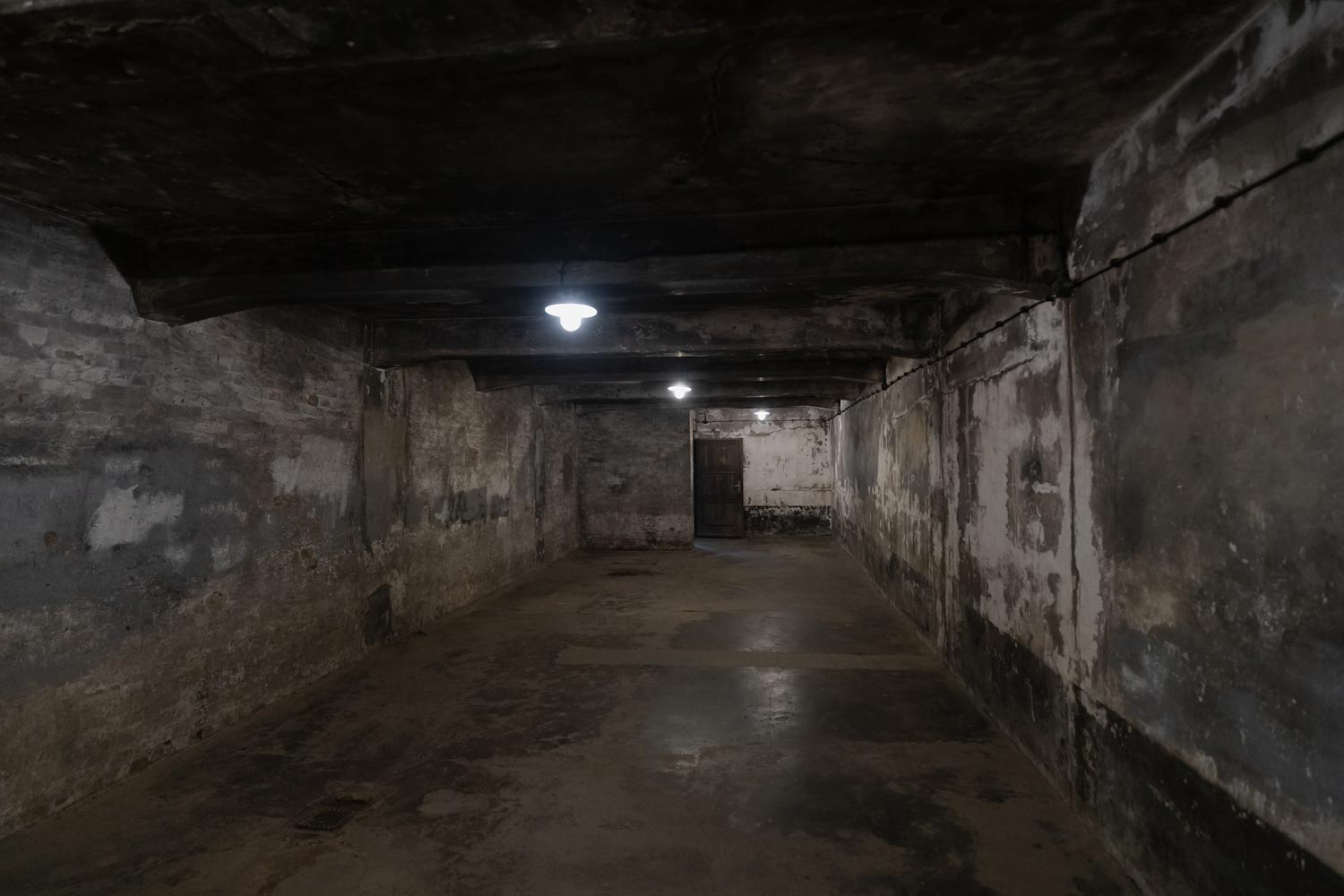A wet basement is a common issue faced by many homeowners. While occasional dampness may not seem alarming, consistent moisture can lead to significant problems, including structural damage and health risks due to mould growth. Understanding when to be concerned about a wet basement is crucial for maintaining the integrity and safety of your home.
Understanding the Basics of Basement Moisture
Moisture in basements can arise from various sources. It’s vital to distinguish between mere dampness, possibly due to humidity, and water infiltration, where water enters the basement from the outside. Moisture can seep through cracks in the foundation, improper drainage, or condensation from temperature differences. Recognizing the source is the first step in addressing the problem.
Signs to Watch For
The initial step in tackling a wet basement is recognizing the warning signs. These include visible water pooling, damp spots on walls or floors, musty odours indicating the presence of mould or mildew, efflorescence (white, chalky deposits), peeling paint, bubbling wall coverings, warped wood, or rusted metal fixtures. These indicators suggest that moisture levels in your basement are higher than they should be.
Potential Causes of a Wet Basement
Several factors can contribute to a wet basement. Poor drainage around your home’s foundation is a common culprit, allowing water to pool near the base and seep in. Cracks in foundation walls or floors can also let in water, especially during heavy rains. Inadequate waterproofing, plumbing leaks, and condensation issues are other potential causes. Hydrostatic pressure from groundwater, especially in areas with high water tables, can also force water through even the smallest openings.
When to Be Concerned
While some moisture can be typical, especially in older homes, certain signs should raise concern:
- Structural Damage: If the moisture is causing your foundation to crack or your basement walls to bow, it’s time to take immediate action.
- Persistent Problems: A wet basement that doesn’t improve after essential remedies, like improving gutters or downspouts, is a red flag.
- Significant Mold Growth: While some mould is expected, extensive growth can pose health risks and indicate a severe moisture issue.
- Recurring Water Issues: If your basement consistently becomes wet during rainstorms or snow melts, it signifies a more significant problem.
DIY Solutions vs. Professional Assessment
There are some steps homeowners can take to mitigate minor moisture issues. These include:
- Improving Drainage: Extend downspouts away from the foundation, ensure clear gutters, and slope the ground away from your home to prevent water pooling.
- Sealing Cracks: Small cracks in the foundation can be sealed using hydraulic cement or masonry caulk.
- Dehumidifiers: In cases of high indoor humidity, a dehumidifier can help.
However, if these steps don’t resolve the issue, seeking a professional assessment is crucial. Persistent or severe moisture problems may require solutions like interior or exterior waterproofing, foundation repairs, or installing a sump pump. Professionals can also assess for structural damage and mould risks.
Long-term Prevention and Maintenance
Preventive measures are crucial to avoiding future wet basement issues. Regular inspections can help identify potential problems early. Look for cracks, check for proper drainage, and ensure your sump pump (if you have one) is functioning correctly. Long-term solutions include:
- Installing a better drainage system.
- Applying waterproofing measures.
- Even lifestyle changes like reducing indoor humidity sources.
Keeping the basement dry is about immediate fixes and maintaining a moisture-free environment over time. Regular cleaning, reducing indoor humidity through ventilation, and monitoring potential problem areas are all part of this ongoing process.
Conclusion
A wet basement is more than just an inconvenience; it can be a sign of serious issues affecting your home’s integrity and your family’s health. Recognizing the signs, understanding the causes, and knowing when to call in professionals are critical steps in addressing this common household problem. By taking proactive measures and performing regular maintenance, you can protect your home from the risks associated with basement moisture. Remember, addressing a wet basement promptly can save you from more significant and costly problems in the future.
This post was written by Allan
December 1, 2023
Back to Blogs

